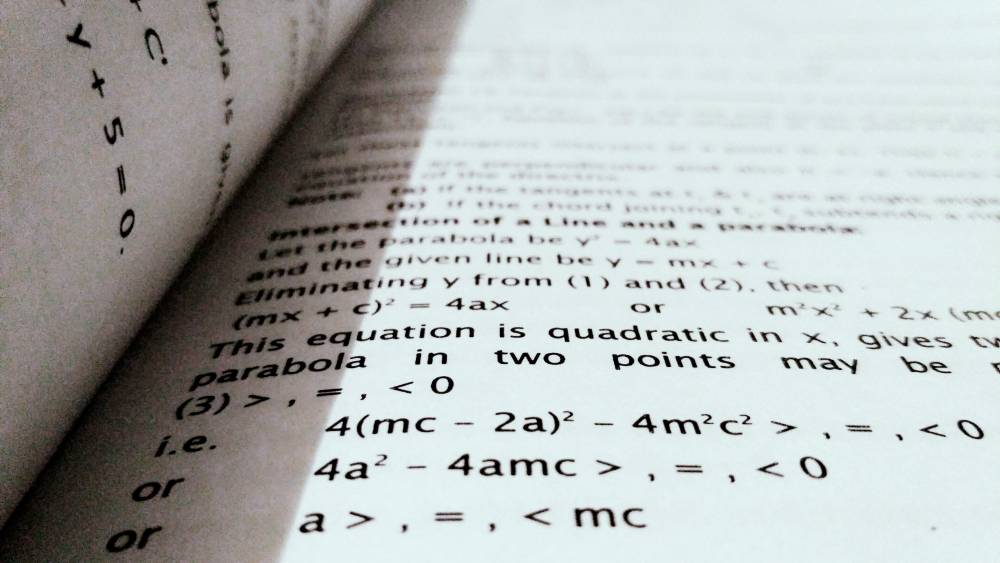Probability in IB Math: Concepts, Laws, and Applications

Probability is an essential component of the International Baccalaureate (IB) Mathematics curriculum. It is a branch of mathematics that deals with the likelihood of an event occurring. Probability has many practical applications in various fields such as finance, engineering, physics, and statistics. In IB Math, probability is a fundamental topic that students learn about in-depth, as it forms the basis for other advanced mathematical concepts.
Click to Practice Probability Questions
In probability, the concept of randomness is fundamental. Events are considered random when their outcomes are uncertain or unpredictable. Probability provides a way to measure the likelihood of such events occurring. The probability of an event is expressed as a number between 0 and 1, with 0 indicating impossibility and 1 indicating certainty. For example, the probability of rolling a dice and getting a 6 is 1/6 or approximately 0.1667.
In IB Math, students learn about different types of probability, including theoretical, experimental, and conditional probability. Theoretical probability is the probability of an event based on mathematical reasoning, while experimental probability is the probability of an event based on actual observations or experiments. Conditional probability is the probability of an event occurring given that another event has already occurred.
One important concept in probability that students learn in IB Math is the concept of independent and dependent events. Independent events are those whose outcomes do not affect each other, while dependent events are those whose outcomes are affected by each other. For example, if you toss a coin twice, the outcome of the first toss does not affect the outcome of the second toss, and hence the events are independent.
Another important concept in probability is the use of probability distributions. Probability distributions are mathematical functions that describe the likelihood of different outcomes in a random event. Probability distributions are used to model various real-life scenarios, such as stock prices, weather patterns, and radioactive decay.
In IB Math, students also learn about the laws of probability, such as the addition rule, multiplication rule, and Bayes' theorem. The addition rule states that the probability of either of two mutually exclusive events occurring is the sum of their individual probabilities. The multiplication rule states that the probability of two independent events occurring together is the product of their individual probabilities. Bayes' theorem is used to calculate conditional probabilities.
The study of probability in IB Math is important not only because of its many practical applications but also because it teaches students to think critically and analytically. Probability requires students to use logical reasoning, critical thinking, and mathematical skills to analyze and solve problems. It is a challenging subject that encourages students to explore new ideas and think outside the box.
In conclusion, probability is an essential component of the IB Math curriculum. You can find summary of key concepts at EduIB. It provides a powerful tool for modeling and analyzing real-life scenarios, and it teaches students critical thinking and analytical skills. The study of probability in IB Math prepares students for further studies in advanced mathematics and other fields that require statistical analysis and logical reasoning.


